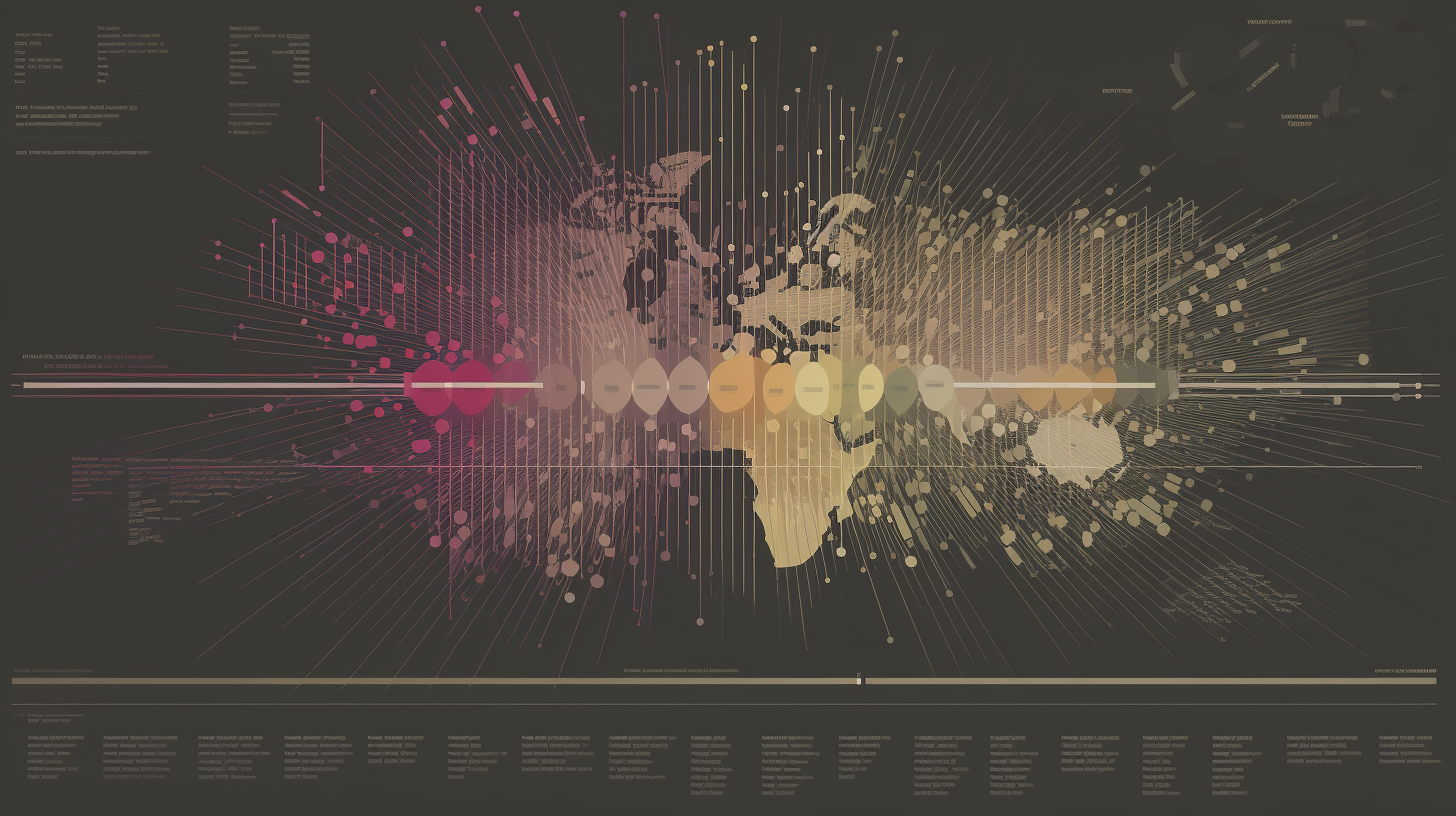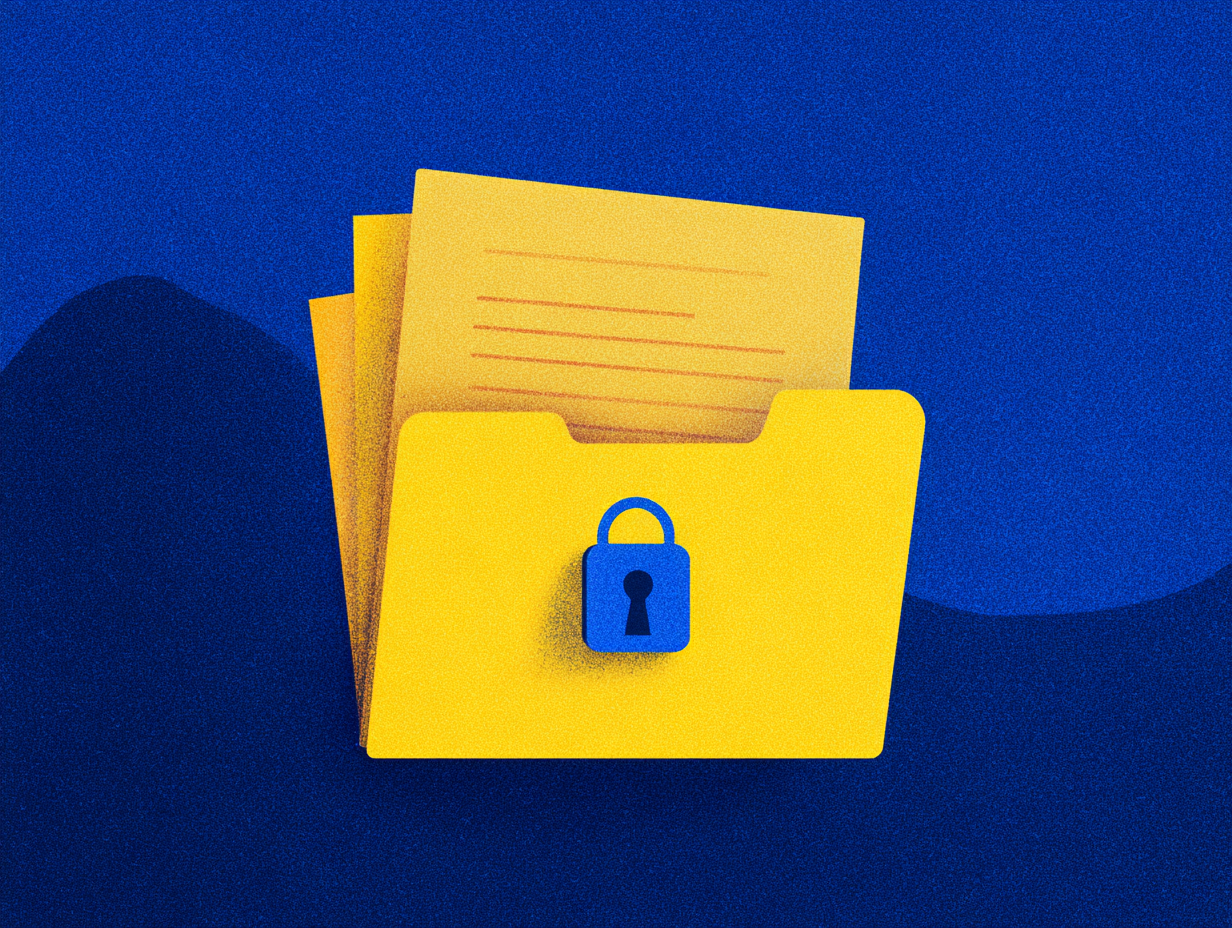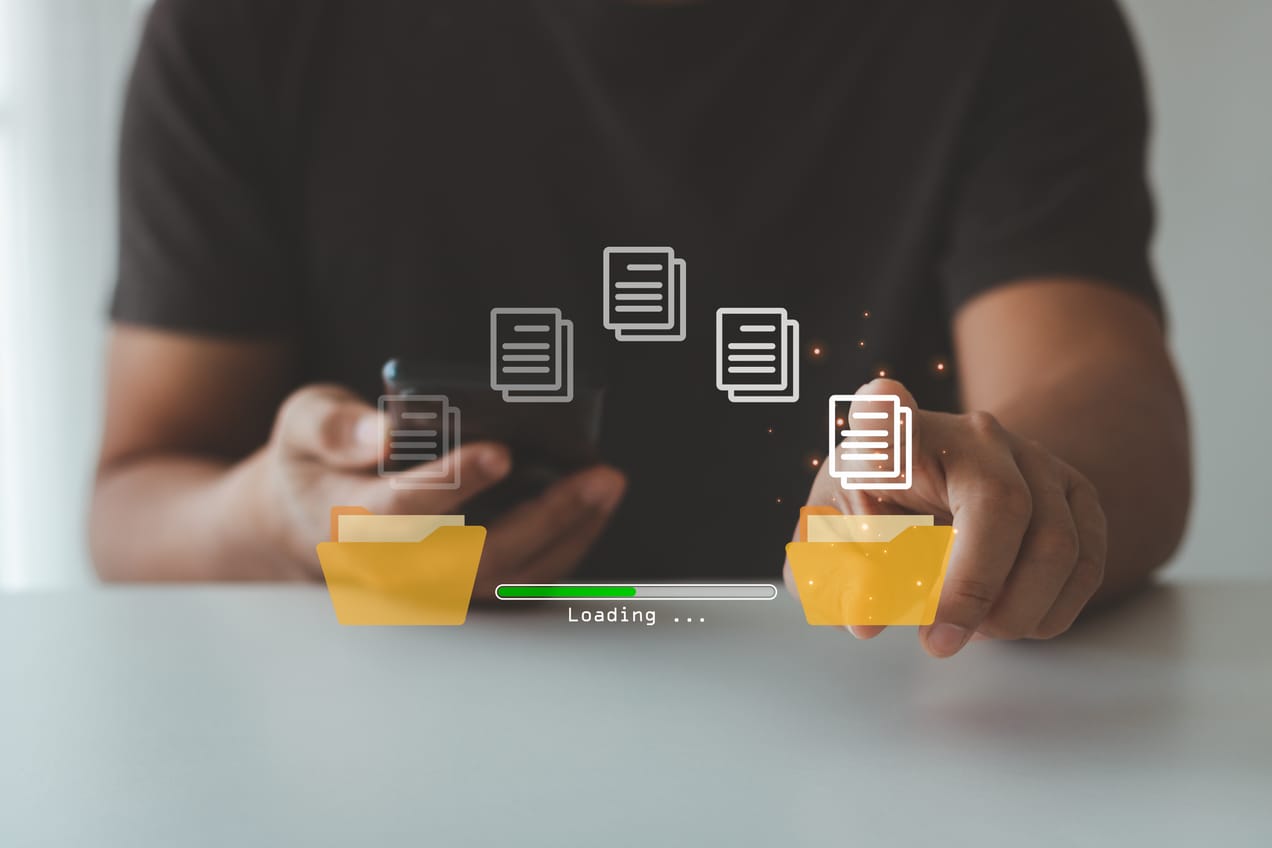
The Inseparable Trinity: Data Security, Privacy, and User Confidentiality
Where data flows freely and technology permeates every aspect of our lives, the concepts of data security, privacy, and user confidentiality have become increasingly intertwined and crucial. While often used interchangeably, these represent distinct yet interconnected pillars of information protection. As we navigate through 2025, a fundamental truth is becoming increasingly clear: without privacy, there can be no genuine security.
The Fundamental Relationship
Data security and privacy share what experts call a "symbiotic relationship" - without adequate security measures, privacy cannot be maintained, and without respect for privacy principles, even the most secure systems can fail to protect individuals. This interdependence forms the foundation of effective data protection strategies.
Defining the Trinity
Before exploring their relationship, let's clarify these distinct but related concepts:
Data Privacy refers to an individual's right to control access to their personal information and determine how that information is used and shared. It encompasses confidentiality, anonymity, and autonomy over personal data. Privacy is fundamentally about respecting and protecting the rights of individuals whose data is being collected.
Data Security focuses on protecting data from unauthorized access, use, modification, or destruction through implementing measures such as encryption, access controls, and secure storage. It's the practice of safeguarding data from breaches or damage to ensure its confidentiality, integrity, and availability.
User Confidentiality represents the assurance that sensitive personal information remains private and is disclosed only to authorized parties. It's a core component of both privacy and security frameworks.

Why Privacy Must Precede Security
The bold message that "without privacy, there can be no security" might seem counterintuitive at first. Many organizations prioritize security measures while treating privacy as a secondary concern. However, this approach fundamentally misunderstands their relationship.
The Privacy Foundation
Privacy principles such as data minimization, purpose limitation, and informed consent establish the framework within which security measures operate. Consider these critical ways privacy enables security:
1. Data Minimization Reduces Attack Surface: Privacy principles advocate collecting only necessary data. When organizations limit data collection to what's essential, they automatically reduce their attack surface and potential breach impact.
2. Purpose Limitation Enhances Protection: By clearly defining and limiting the purposes for which data can be used, privacy frameworks help ensure that security measures are appropriately tailored to actual needs rather than hypothetical scenarios.
3. Informed Consent Builds Security Awareness: The privacy requirement for informed consent creates a culture of transparency that strengthens security awareness among both users and organizations.
Real-World Consequences of Neglecting Privacy
The history of major data breaches demonstrates how neglecting privacy considerations undermines security efforts. Some of the most significant breaches in history illustrate this principle:
Yahoo (2013-2016): 3 Billion Records Compromised
Yahoo suffered what remains the largest data breach in history, affecting over 3 billion user accounts. While security failures enabled the breach, it was the company's massive data collection practices—storing vast amounts of personal information without adequate privacy considerations—that made the breach so devastating. The Russian hackers who infiltrated Yahoo's database gained access to names, email addresses, phone numbers, birth dates, passwords, and security question answers.
Aadhaar (2018): 1.1 Billion Records Exposed
India's biometric ID system breach exposed the personal and biometric information of over 1.1 billion Indian citizens. The breach occurred through a state-owned utility company's website that had an improperly secured API connected to the Aadhaar database. This case demonstrates how even government systems can fail catastrophically when privacy-by-design principles are not integrated into security architectures.
Facebook (2021): 533 Million Records Leaked
In 2021, hackers exploited a vulnerability in Facebook to scrape data from 533 million users across 106 countries. The exposed information included full names, phone numbers, locations, biographical information, and email addresses. This breach highlights how even tech giants can fail to protect user data when privacy considerations aren't built into system design.
The Operational Tension Between Privacy and Security
While privacy and security are complementary, there can be operational tensions between them that organizations must navigate carefully:

Monitoring vs. Privacy
Security teams often use intrusion detection systems and behavioral analytics to identify threats, which requires collecting and analyzing user activity. This can conflict with privacy regulations limiting excessive data collection. The key is designing security systems that can identify malicious behavior without building comprehensive profiles of users' benign activities.
Data Retention vs. Minimization
Privacy advocates promote data minimization, but cybersecurity professionals may argue for retaining logs and records for forensic analysis after security incidents. Finding the balance between these competing needs requires thoughtful policies that retain truly necessary data while minimizing privacy risks.
Employee Monitoring vs. Workforce Privacy
Many organizations deploy endpoint detection and response tools to monitor for malicious activity and insider threats. However, excessive surveillance can violate employee privacy rights and lead to legal challenges. The solution lies in transparent policies that clearly communicate monitoring practices and their security justifications.
Building a Privacy-First Security Framework
Organizations seeking to build truly effective data protection strategies must start with privacy as the foundation. Here's how to implement a privacy-first security framework:
1. Privacy by Design
Incorporate privacy considerations from the earliest stages of system design rather than treating them as an afterthought. This approach, known as "Privacy by Design," ensures that privacy protections are built into systems rather than bolted on later.
2. Data Minimization
Collect only the data necessary for specific, clearly defined purposes. This reduces both security risks and privacy concerns simultaneously. As the saying goes, "You can't lose what you don't have."
3. End-to-End Encryption
Implement strong encryption for data both in transit and at rest. This ensures that even if unauthorized access occurs, the data remains protected and unintelligible without the proper decryption keys.
4. Access Controls Based on Privacy Principles
Design access control systems that reflect privacy principles such as purpose limitation and data minimization. This means granting access only to those who genuinely need it for legitimate purposes.
5. Regular Privacy Impact Assessments
Conduct regular privacy impact assessments alongside security assessments to identify and address potential privacy risks before they undermine security efforts.

The Path Forward
As we move further into 2025, organizations must recognize that privacy and security are not competing priorities but complementary aspects of effective data protection. The notion that "if there is no privacy, there won't be security" is not merely a philosophical position but a practical reality demonstrated by countless data breaches and security failures.
By building privacy considerations into the foundation of security frameworks, organizations can create more robust, effective, and sustainable data protection strategies. This approach not only helps prevent breaches but also builds trust with users, customers, and stakeholders.
In the digital age, where data has become one of our most valuable assets, protecting it requires understanding the inseparable trinity of data security, privacy, and user confidentiality. Only by respecting all three can we create truly secure digital environments that protect both information and the people it represents.
Privacy is not just a right to be protected—it is the foundation upon which all meaningful security is built. In a world where data has become the new gold, remember this: you cannot truly secure what you do not first respect.
Sources
1. LinkedIn. (2024, July 9). The Interplay Between Privacy and Data Security in Computing. https://www.linkedin.com/pulse/computing-relationship-between-privacy-data-w1rcc
2. DataVersity. (2024, February 8). Data Privacy vs. Data Security. https://www.dataversity.net/data-privacy-vs-data-security/
3. UpGuard. (2024, December 30). Biggest Data Breaches in US History (Updated 2025). https://www.upguard.com/blog/biggest-data-breaches-us
4. SGR Law. Case Studies: High-Profile Cases of Privacy Violation. https://www.sgrlaw.com/ttl-articles/case-studies-high-profile-cases-of-privacy-violation/
5. Zscaler. (2025, March 10). Exploring the complex relationship between privacy and cybersecurity. https://www.zscaler.com/cxorevolutionaries/insights/exploring-complex-relationship-between-privacy-and-cybersecurity
6. Atlan. (2023, December 6). Data Privacy vs. Data Security: Definitions and Differences. https://atlan.com/data-privacy-vs-data-security/
7. Termly. (2025, January 8). Top 10 Biggest Data Breaches of All Time. https://termly.io/resources/articles/biggest-data-breaches/
8. Data Protection Commission. Case Studies. http://www.dataprotection.ie/en/dpc-guidance/dpc-case-studies
9. Usercentrics. (2025, February 13). Data Privacy vs Data Security: Important Differences To Know. https://usercentrics.com/knowledge-hub/data-privacy-and-security/


